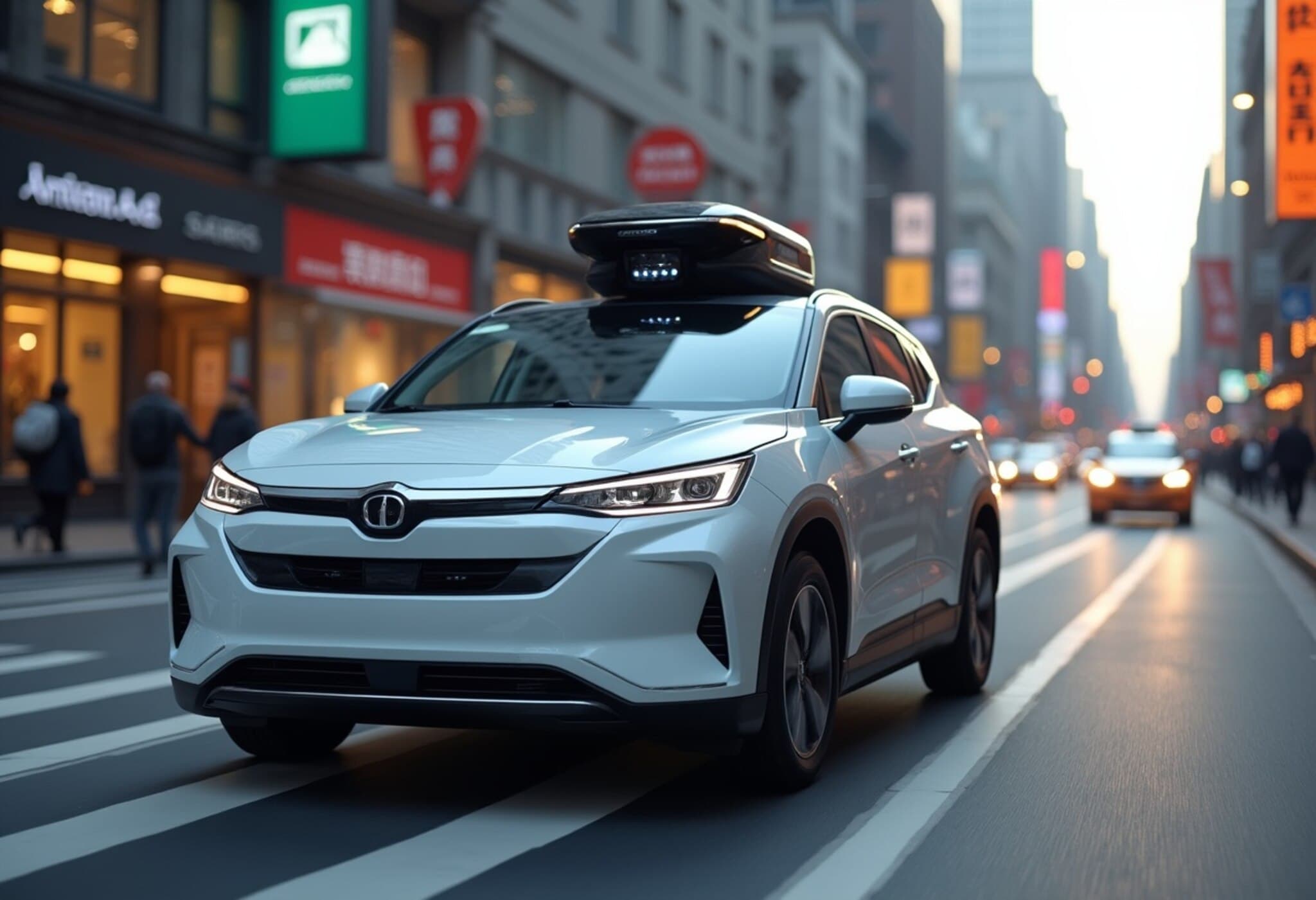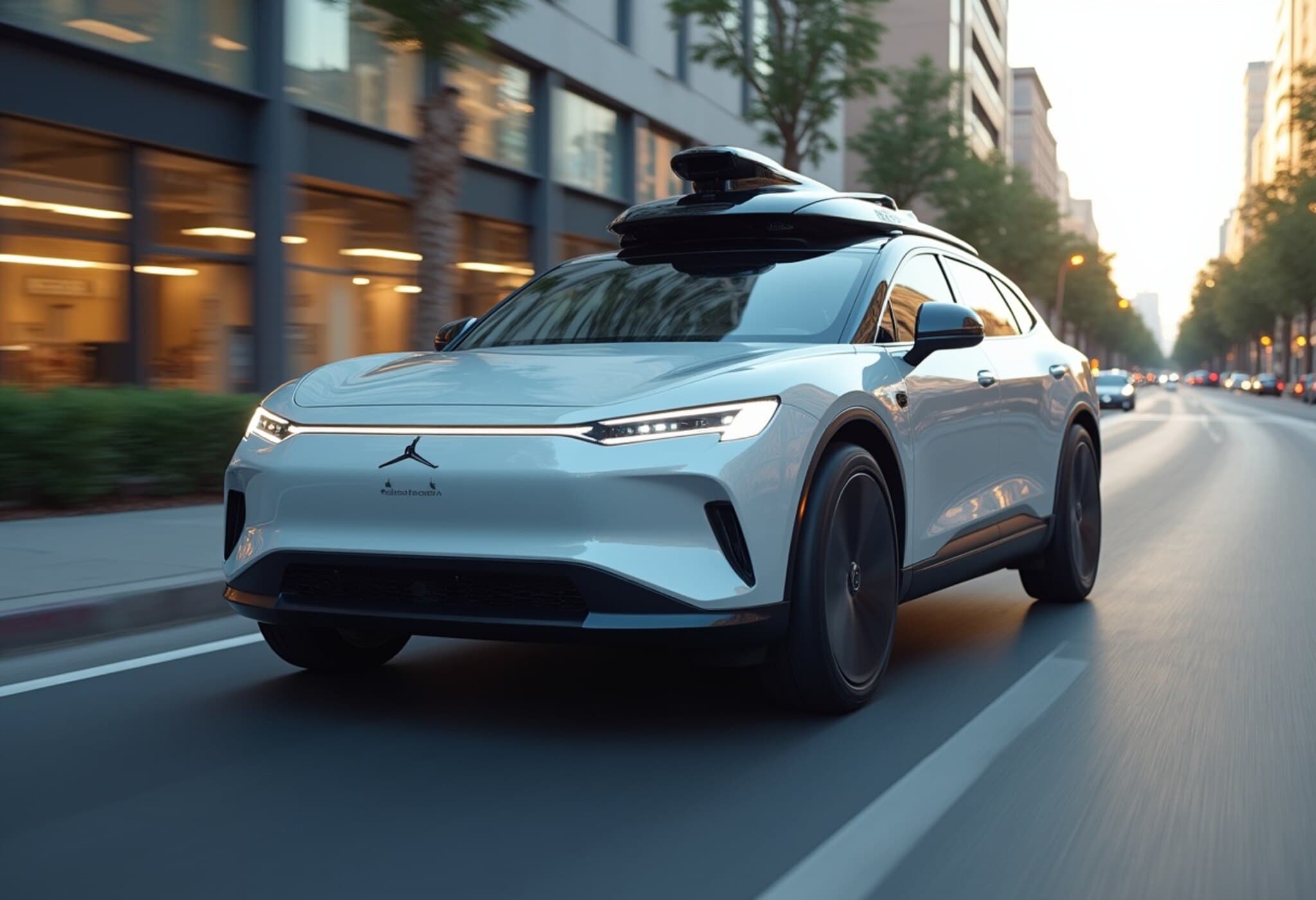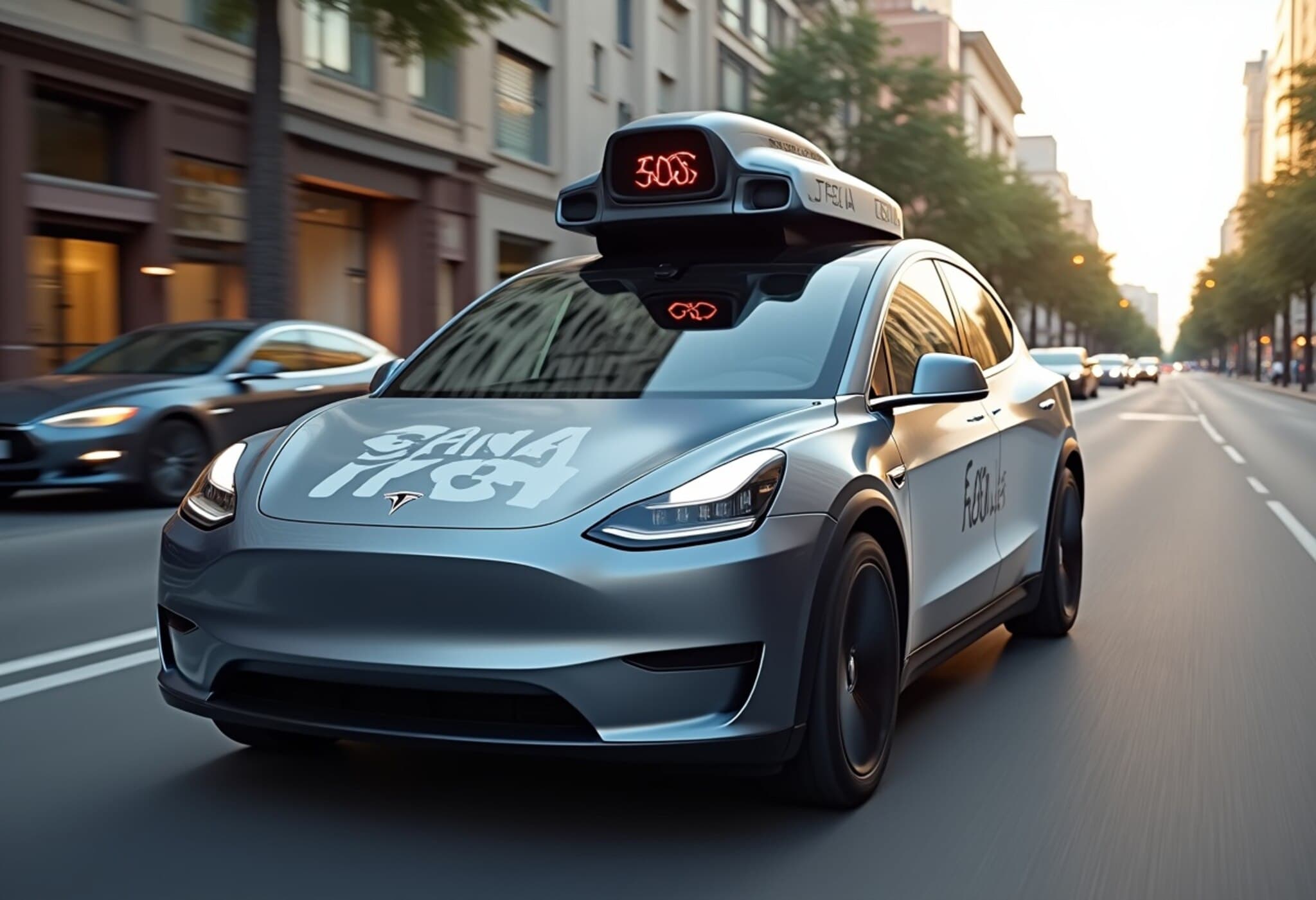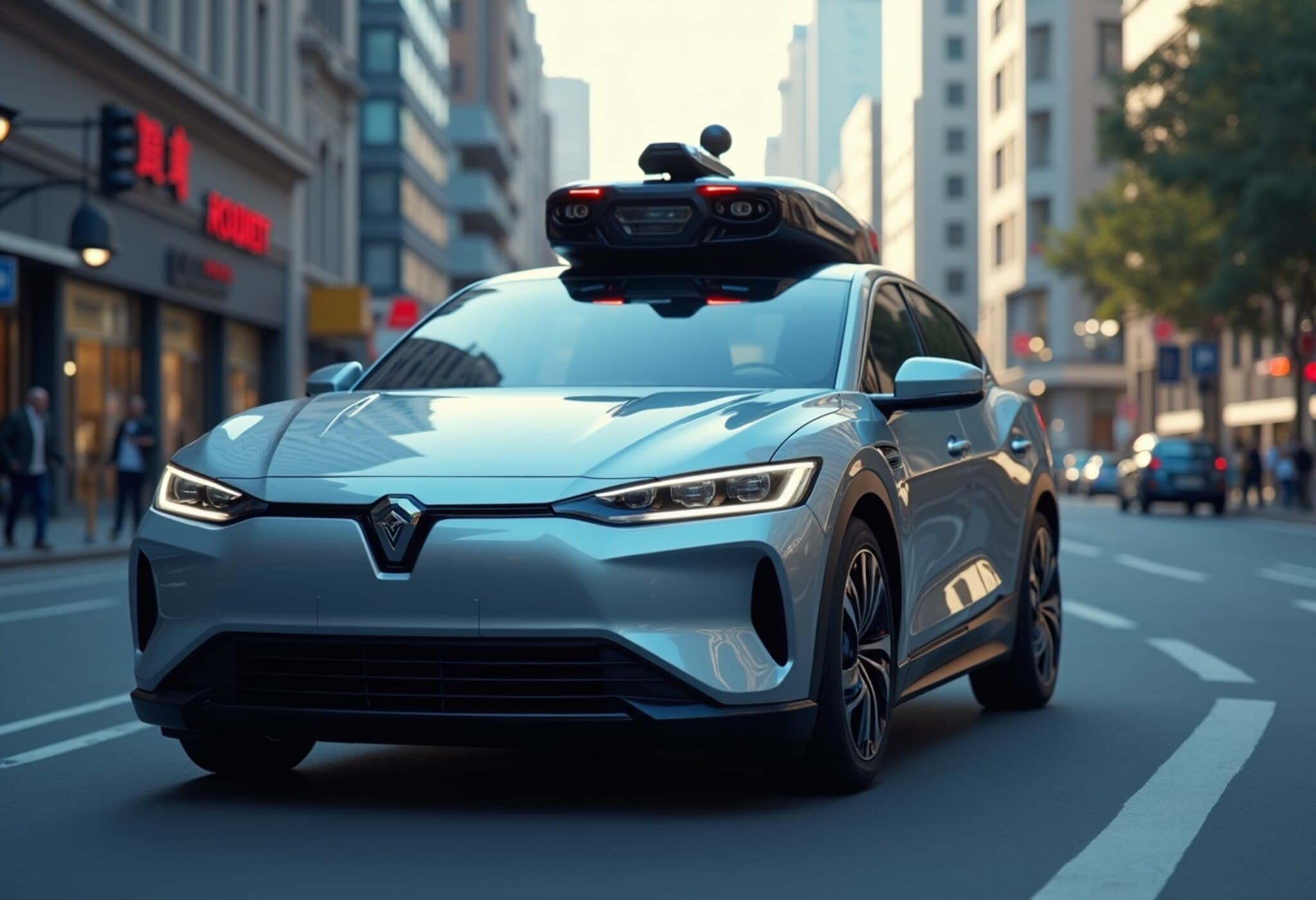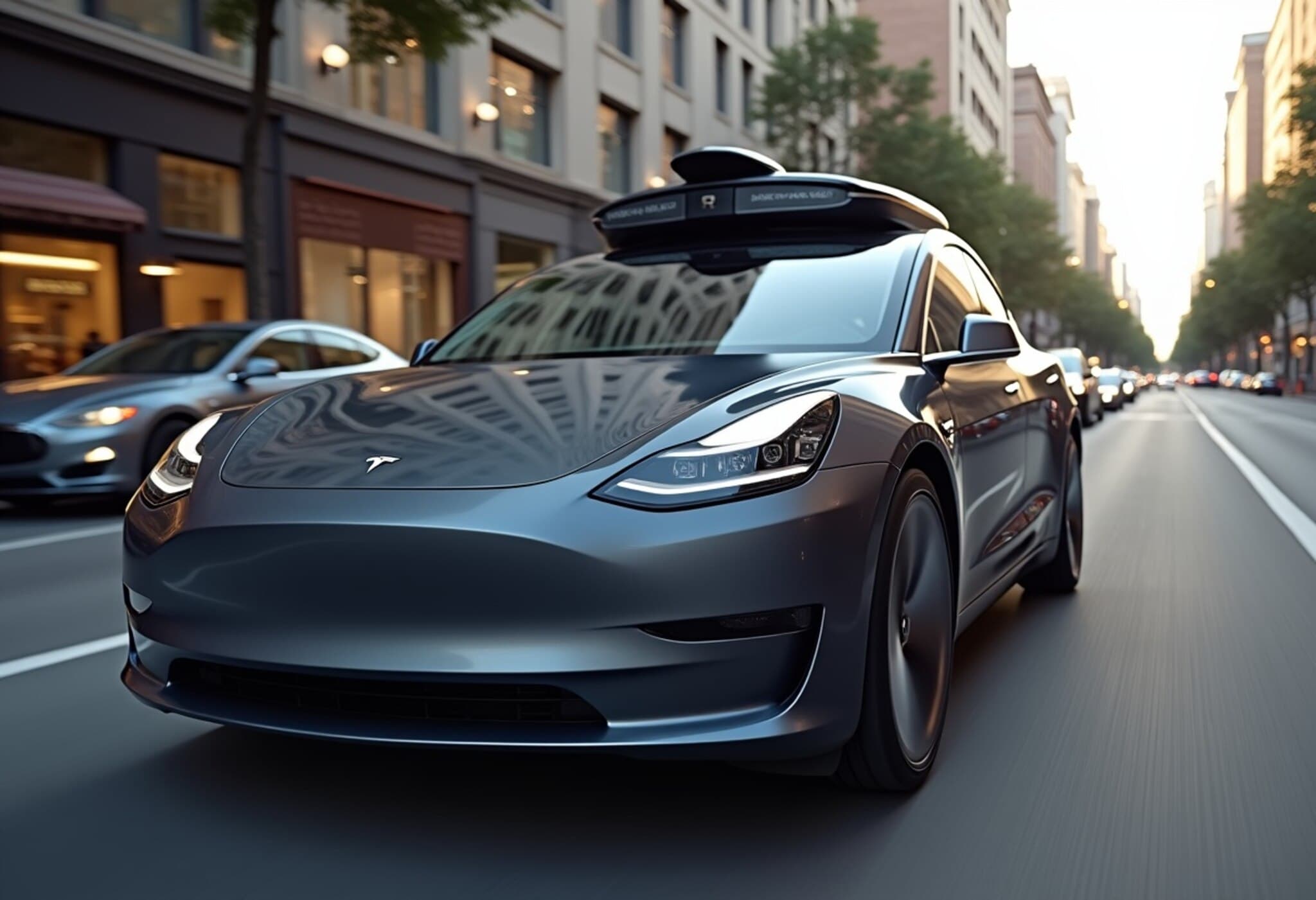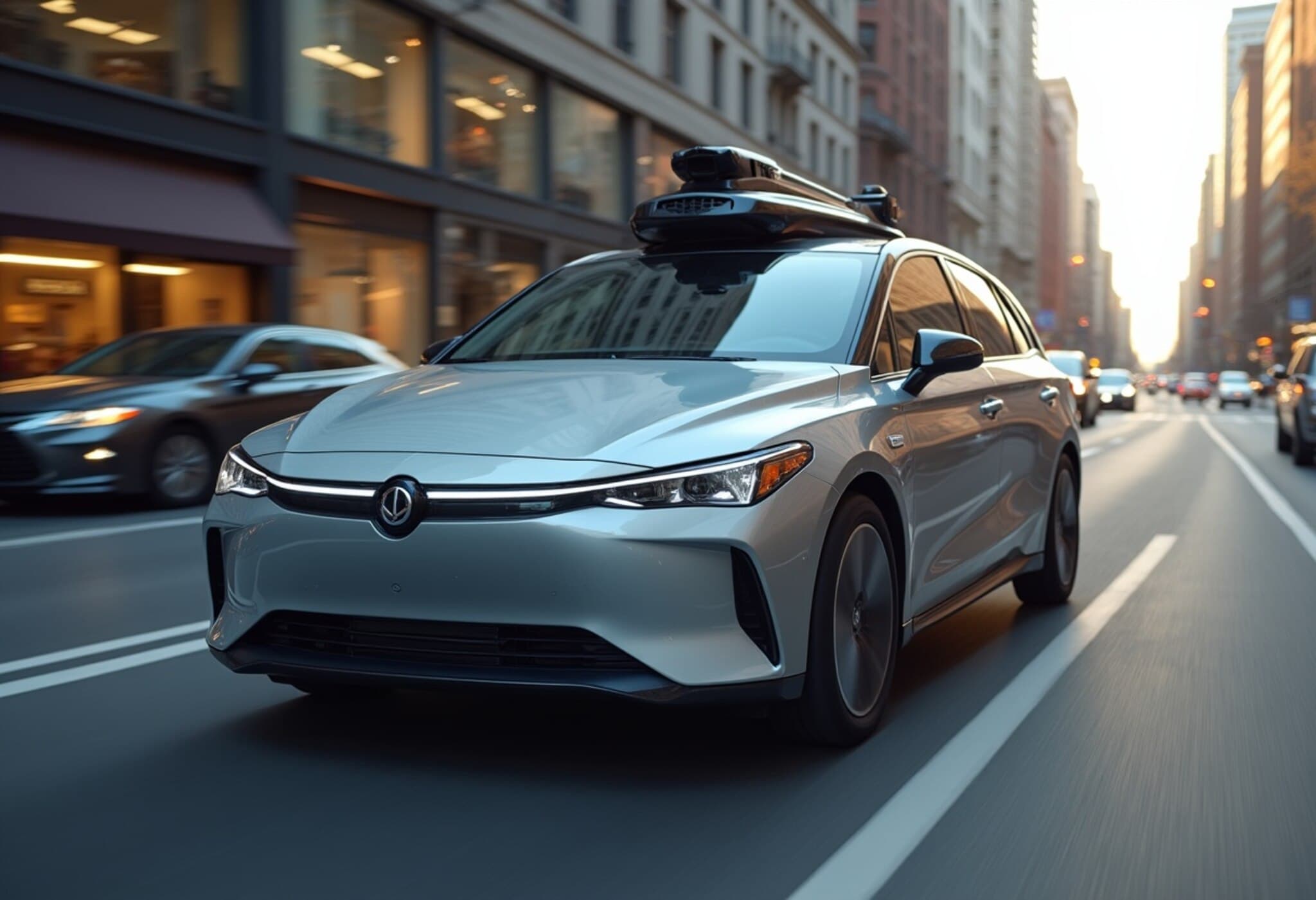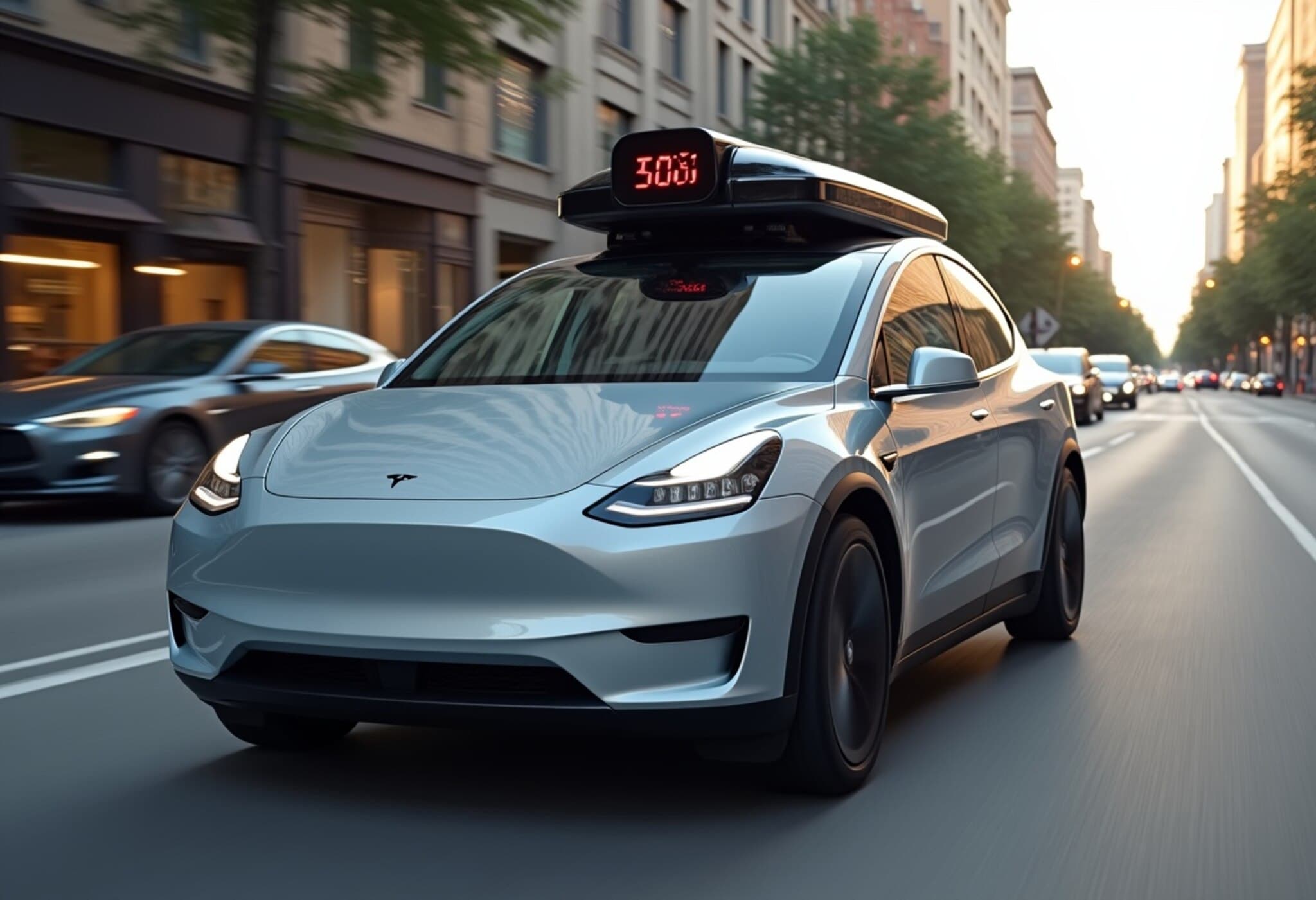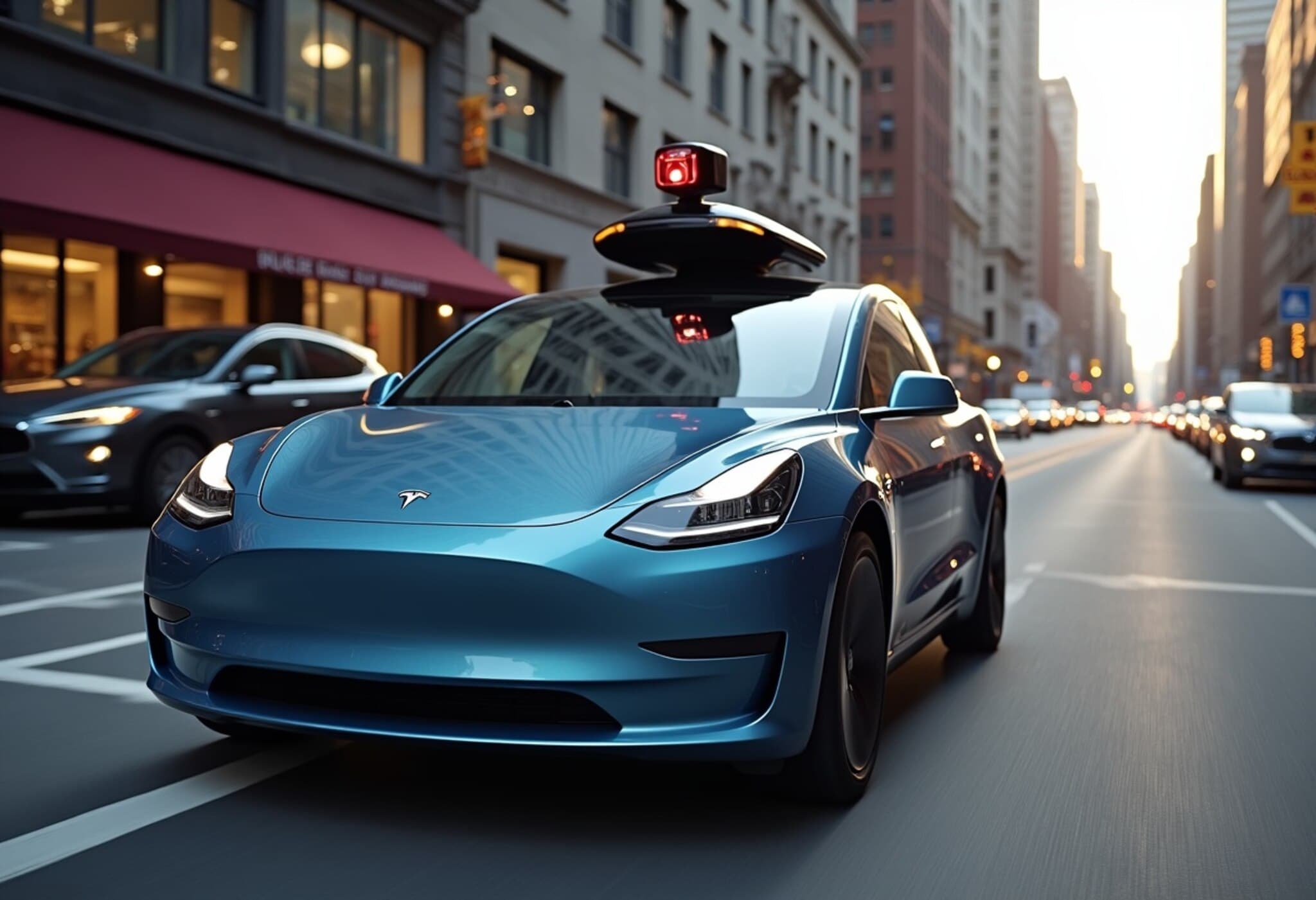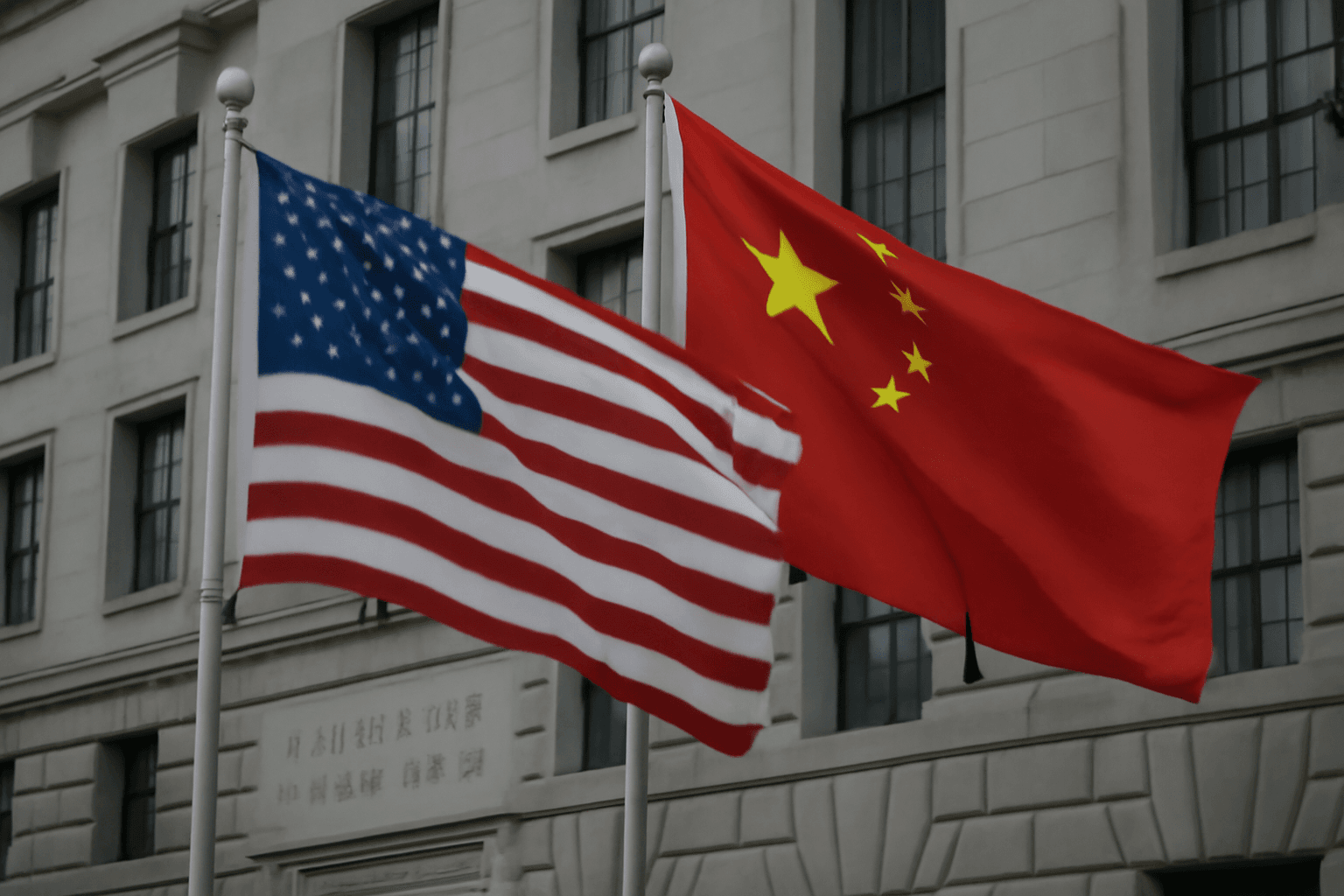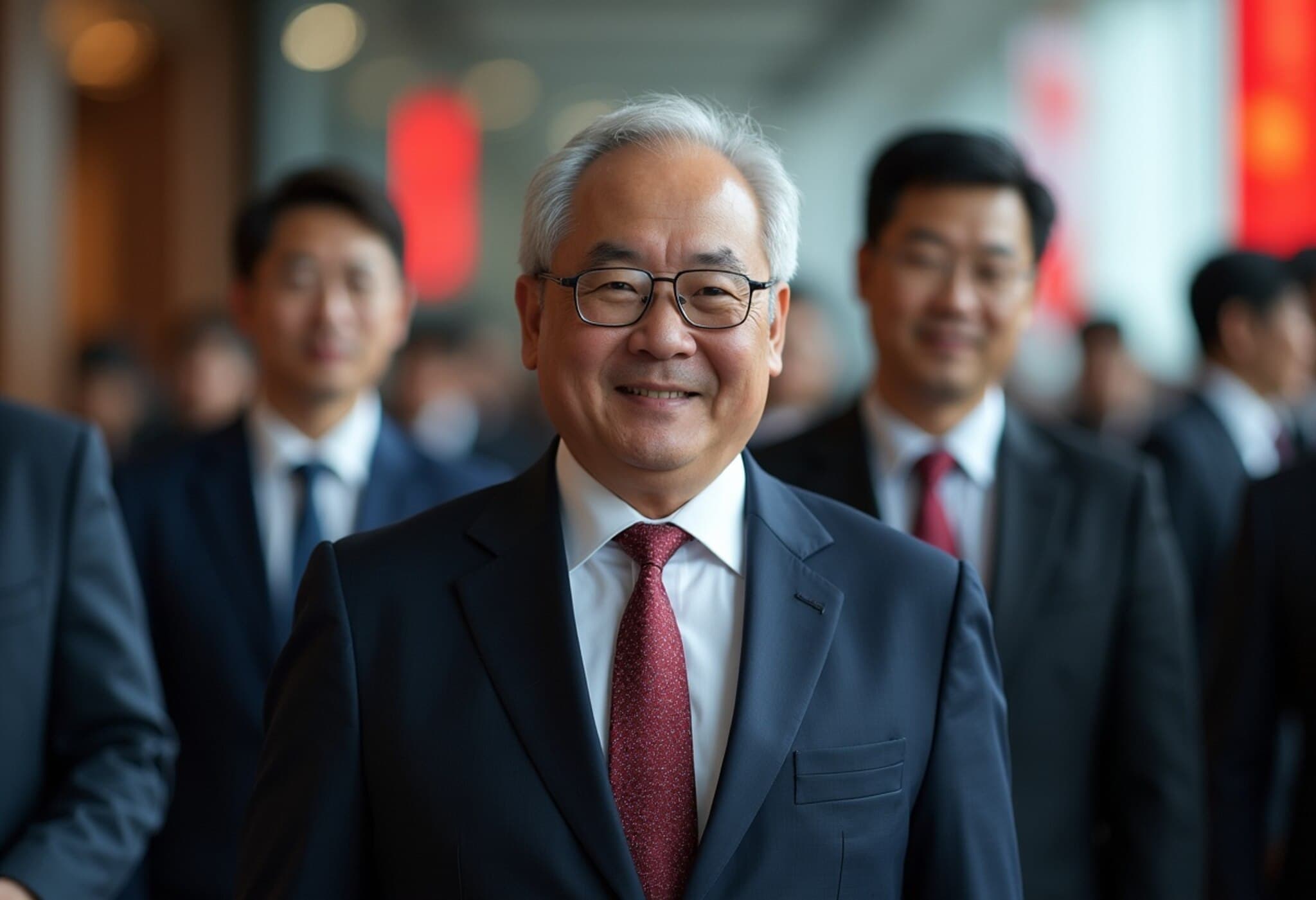Robotaxi Revolution Accelerates Across U.S. and China
The futuristic vision of robotaxis — self-driving cars ferrying passengers without a human driver — is swiftly transitioning from experimental to everyday reality. After years of rigorous testing and regulatory navigation, autonomous taxi services have begun to carve a noticeable niche in major cities across the United States and China, spearheading what some experts call the next transportation revolution.
Leading the Pack in the U.S.: Waymo’s Market Momentum
Alphabet’s Waymo stands out in the American landscape as a clear frontrunner. With an operational fleet exceeding 1,500 robotaxis, Waymo is logging an impressive over 250,000 paid rides weekly across several key urban centers including San Francisco, Los Angeles, Phoenix, and Austin, Texas. Tesla, while a powerhouse in electric vehicles, is only just beginning its foray into robotaxi services in Austin, suggesting a nascent competitive field still taking shape in the U.S.
China's Rapid Robotaxi Expansion
Meanwhile, China is rapidly scaling its own robotaxi ambitions. Barclays estimates the country already hosts approximately 2,000 active robotaxis, predominantly operated by a handful of domestic companies across metropolitan hubs. With the government’s supportive stance — Beijing permitting fare-charging rides in suburbs since 2021 and Shanghai recently greenlighting fully autonomous paid taxis in select districts — the stage is set for explosive growth.
Barclays projects the robotaxi fleet in China will leap to at least 300,000 vehicles by 2030, representing roughly 5% of on-demand city transport. This forecast underscores China's aggressive push to integrate autonomous vehicles into everyday life and logistical frameworks.
Pony AI: The Chinese Operator with a Pan-City Presence
Among domestic contenders, Pony AI, a unique U.S.-listed Chinese startup, distinguishes itself by operating publicly fare-charging robotaxi services in all four of China's mega-cities: Beijing, Shanghai, Guangzhou, and Shenzhen. Though exact fleet size remains undisclosed, Pony AI reports an average of 15 daily orders per vehicle, emphasizing both operational efficiency and growing consumer acceptance.
Bank of America analysts commend Pony AI’s technology and business strategy, projecting significant fleet expansion and enhanced profitability through economies of scale. With a price target reflecting a potential 60% upside, investor interest is intensifying.
Safety and Cost Efficiency Take Center Stage
Pony AI’s Chief Technology Officer, Tiancheng Lou, reveals that the company’s current focus rests on bolstering safety protocols, streamlining customer access to robotaxi hails, and cutting production costs. Notably, their latest vehicle iteration has reduced autonomous driving kit expenses by an eye-opening 70%, a milestone critical to achieving sustainable business models amid fierce competition.
In parallel, WeRide, another Chinese autonomous vehicle startup, recently announced record robotaxi revenue of $6.4 million in Q2. While Morgan Stanley rates WeRide as a promising stock, it cautions investors about potential volatility linked to regulatory and operational developments, both domestically and abroad.
Global Ambitions: Chinese Companies Expanding Beyond Borders
While Waymo has only just tested international waters by starting operations in Japan, Chinese robotaxi companies are aggressively pushing into Europe and the Middle East. WeRide, for instance, holds unique autonomous driving permits in countries including Saudi Arabia, UAE, Singapore, France, and the U.S., collaborating with global giants like Uber in pilot programs such as Riyadh.
Baidu’s Apollo Go service recently forged a strategic partnership with Uber to introduce self-driving taxis to markets across the Middle East and Asia later this year — excluding the U.S. and mainland China, where Uber’s business was acquired by Didi. This move signals a strategic pivot to tap lucrative overseas markets, potentially offering higher profitability compared to domestic operations.
Breaking Even and Path to Profitability
Barclays analysts highlight that Baidu’s robotaxi operations in Wuhan are likely already reaching breakeven, excluding ongoing investment and R&D costs. This aligns with a broader pattern whereby most Chinese robotaxi operators approach breakeven on unit economics by the end of 2025, driven largely by their ability to design and produce affordable autonomous vehicles.
To put the cost gap in perspective:
- Waymo’s autonomous vehicle averages around $200,000 per unit.
- Baidu’s Apollo RT6 costs approximately $37,000.
- Pony AI’s latest model runs about $42,000.
- WeRide’s vehicles come in slightly higher but remain significantly below legacy automaker costs.
This cost efficiency underpins the confidence in scaling robotaxi fleets and achieving sustainable profitability — a crucial benchmark for transforming autonomous taxis from novelty to norm.
Expert Insight: The Road Ahead for Robotaxis
Analysts largely agree that the combined factors of regulatory support, cost reduction, and operational scalability will accelerate adoption rates globally. However, a few critical questions remain:
- Safety and Public Trust: How rapidly can companies enhance safety systems to meet rising regulatory and consumer expectations?
- Competitive Dynamics: Will American firms like Waymo maintain early market advantages or will Chinese startups capture larger global shares?
- Urban Infrastructure: How will cities adapt to heterogeneous traffic mixes of human-driven and autonomous vehicles?
- Legislative Frameworks: Can governments harmonize international regulations to encourage cross-border robotaxi operations?
As urban centers worldwide grapple with congestion, pollution, and ride-hailing labor disputes, robotaxis offer a tantalizing possibility for more efficient, affordable, and cleaner city transport. Yet, turning this promise into everyday reality demands more than technology — it requires nuanced policy, public acceptance, and robust business models.
Editor’s Note
The race for dominance in the robotaxi sector is not just a technological showdown but a strategic contest entwined with regulatory environments, economic considerations, and cultural readiness. China's aggressive cost management and multi-city deployments contrast with the U.S.'s focus on technological refinement and selective market penetration. For policymakers and consumers alike, the unfolding robotaxi story invites us to rethink urban mobility in an autonomous era. Are cities prepared for the widespread adoption of driverless vehicles? How will this shift reshape labor markets, urban planning, and environmental policies? As robotaxis cruise into our streets, these questions become ever more urgent and intriguing.

